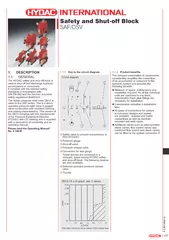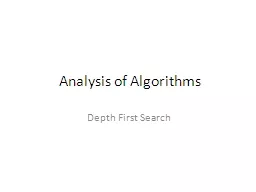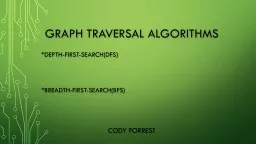PPT-PETS on/off option for on-line DFS
Author : serenemain | Published Date : 2020-07-04
Jürgen Pfingstner University of Oslo CLIC Workshop 2016 18 January Outline Introduction Option 0 Full drive beam charge change Option 1 Drive beam charge change
Presentation Embed Code
Download Presentation
Download Presentation The PPT/PDF document "PETS on/off option for on-line DFS" is the property of its rightful owner. Permission is granted to download and print the materials on this website for personal, non-commercial use only, and to display it on your personal computer provided you do not modify the materials and that you retain all copyright notices contained in the materials. By downloading content from our website, you accept the terms of this agreement.
PETS on/off option for on-line DFS: Transcript
Download Rules Of Document
"PETS on/off option for on-line DFS"The content belongs to its owner. You may download and print it for personal use, without modification, and keep all copyright notices. By downloading, you agree to these terms.
Related Documents














